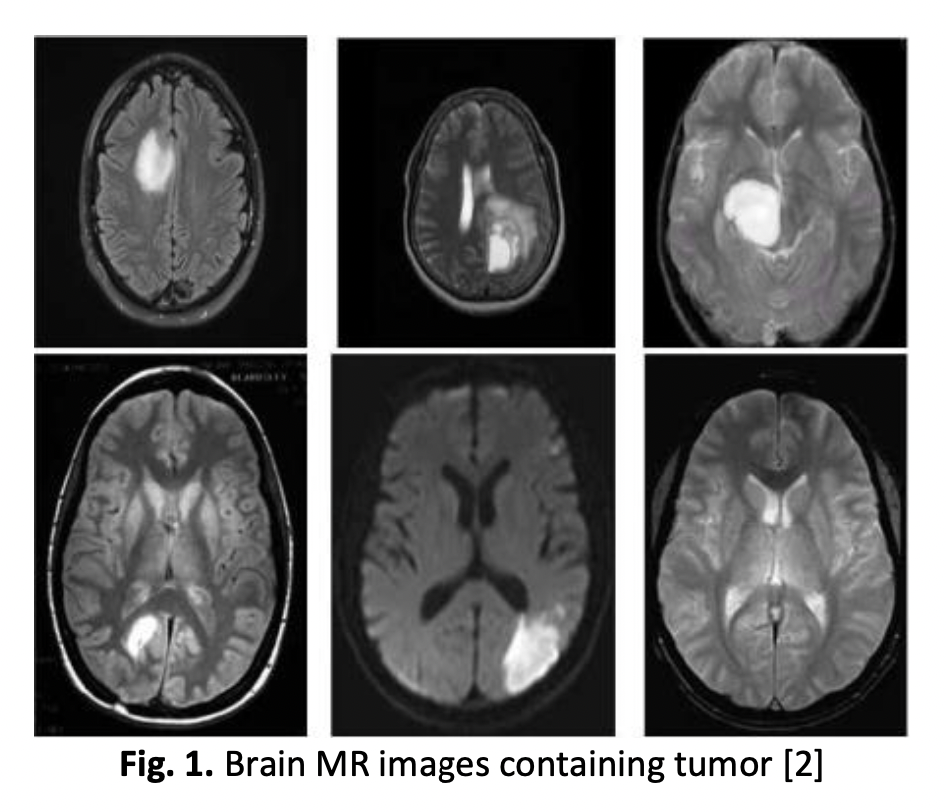Computer-Aided Design on Image Detection: A Chronology Review
DOI:
https://doi.org/10.37934/araset.31.2.5161Keywords:
CAD, design, image, detectionAbstract
In order to conduct research and diagnose diseases, image processing is essential. Medical professionals frequently segment images for pre- and post-surgery decisions, which are necessary for treatment planning. In the medical research field, segmentation is the core subject of several studies. Computer-aided detection (CAD) is utilised to achieve the highest level of classification accuracy and may be used to identify tissues growing abnormally. For the purpose of finding abnormalities, magnetic resonance imaging (MRI) is an effective approach, but it takes time and requires a fair amount of human resources. This approach, however, was problematic for slicing data related to the interior surfaces of cavity structures, for instance, the human skull. As a result, a ray casting algorithm was used to create a software programme. The most significant problem with segmentation techniques for x-ray images is seed point selection. An object's surface structure is described by a three-dimensional (3D) surface structure graph (SSG) that was created during segmentation. Ultrasound image detection is critical today. The model can be further modified using this CAD software so that it can be reproduced on a rapid prototyping device in the STL file format. The suggested deep learning method is exceptionally effective in accurately detecting faults in each layer, according to experimental data.
Downloads





























